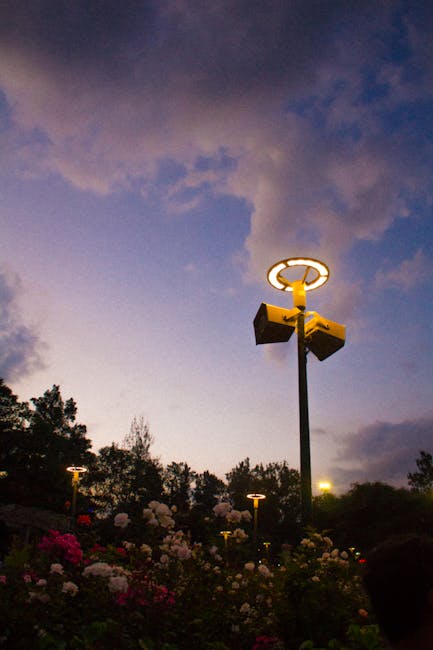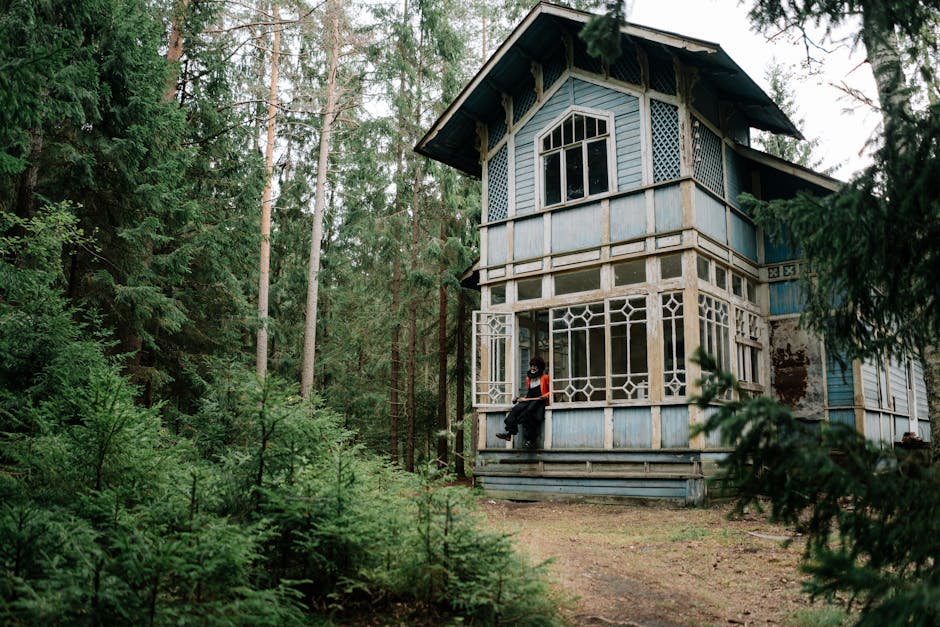A Quiet Place Monster: Anatomy of Terror, Survival Strategies, and Unanswered Questions
Unraveling the Mystery: What Makes the *A Quiet Place* Monster So Terrifying?
John Krasinski’s A Quiet Place wasn’t just a horror film; it was a phenomenon. Its chilling premise – a world ravaged by blind, sound-sensitive creatures – captivated audiences worldwide, leaving us breathless and on the edge of our seats. But what exactly *is* this monster, and why is it so terrifyingly effective?
The film masterfully uses suspense and implication to build dread. We see the creatures’ terrifying capabilities, their relentless hunt for prey, and their devastating power, but the specifics of their biology, origin, or even their exact appearance remain largely shrouded in mystery. This ambiguity is a key element of their fear factor. It allows our imaginations to fill in the blanks, creating a far more potent and personalized experience of terror than any explicit depiction could.
Physical Characteristics and Abilities: A Speculative Analysis
While the film doesn’t explicitly detail the creatures’ anatomy, we can glean certain characteristics from their behavior. Their blindness is their most striking feature, forcing them to rely heavily on their acute sense of hearing. Their hearing is so refined that even a slight whisper is enough to alert them. This immediately establishes a set of terrifying limitations and survival strategies for the human characters – and for the audience watching.
Their movement is surprisingly agile and swift, contrasting with their seemingly cumbersome size. This unexpected speed amplifies the sense of danger and unpredictability. The creatures’ powerful jaws and sharp claws are clearly displayed, demonstrating their lethal capacity. The film suggests a formidable strength, capable of crushing human skulls with ease. However, we never see the full extent of their physical capabilities, leaving ample room for speculation.
The creatures’ resilience is also noteworthy. They seem impervious to conventional weaponry, which emphasizes the hopeless situation of the human survivors. This vulnerability of the humans creates a stark contrast with the seemingly unstoppable power of the monsters, heightening the overall tension and fear.

Origins and Backstory: Theories and Speculations
The film leaves the monsters’ origin largely unexplored, contributing to the film’s unsettling atmosphere. This lack of explanation allows for numerous fan theories, ranging from extraterrestrial origins to a mutated terrestrial species. Some suggest a viral outbreak, a military experiment gone wrong, or even a supernatural phenomenon. The ambiguity allows for ongoing discussion and speculation within the fandom, fostering a deeper engagement with the film’s universe.
The absence of a clear backstory adds to the primal fear factor. When we don’t understand the creature’s motivations, we’re left with only raw instinctual fear, which is often more potent than intellectual fear. The unknown is always more frightening than the known.

Survival Strategies in a Sound-Sensitive World
The film’s brilliance lies in its depiction of survival in a world governed by silence. The Abbott family’s struggles to navigate their daily lives, communicate, and protect themselves from the creatures create a powerful sense of empathy and suspense. Their resourcefulness and adaptation to the new reality are both inspiring and chilling.
- Communication through sign language: The family’s reliance on sign language becomes a poignant symbol of adaptation and unity in the face of adversity. It is both a tool for survival and a representation of their bond.
- Strategic movement and careful planning: Every move is calculated, every sound considered. The film showcases the importance of meticulous planning and precise execution in avoiding detection.
- Environmental awareness: The family demonstrates an incredible understanding of their environment, utilizing its natural features for shelter and protection.
- Innovation and problem-solving: They are constantly adapting and innovating, finding creative solutions to overcome the obstacles presented by the creatures.
The Power of Silence and Sound Design
The sound design in A Quiet Place is arguably its most effective tool. The film masterfully uses silence to create tension, punctuated by moments of terrifying sound. The strategic use of sound effects, or lack thereof, amplifies the suspense and the audience’s visceral reaction to the creatures’ presence.
The movie’s effective use of sound creates a visceral experience for the viewer. The sharp crackle of a broken twig, the distant screech of a creature, or the subtle drip of water can all be more terrifying than any visual spectacle. The power of silence is just as potent as the power of sound, creating a masterful blend of auditory dread.

The Psychological Impact: Fear of the Unknown and the Fragility of Life
Beyond the immediate threat of the creatures, A Quiet Place explores deeper themes of vulnerability and survival. The film taps into fundamental human fears: the fear of the unknown, the fear of loss, and the fragility of life. The creatures serve as a symbol of these anxieties, representing the unpredictable and uncontrollable forces that can disrupt our existence at any moment.
The film explores the psychological toll of living in constant fear, the strained relationships, and the sacrifices people must make to survive. The Abbott family’s experiences highlight the importance of family bonds, resilience, and hope even in the darkest of circumstances. This makes the film emotionally resonant and compelling beyond its horror elements.
Sequels and Future Possibilities: Exploring the Expanded Universe
The success of A Quiet Place led to a sequel, which further explored the monsters’ world and introduced new characters and challenges. The sequels have added layers to the mythology, albeit still maintaining the essential mystery surrounding the creatures’ origin and motivations. The ongoing expansion of this universe allows for further exploration of the creatures’ capabilities, the adaptation strategies of the human survivors, and the long-term consequences of living in this perilous world.
The franchise’s success highlights the enduring fascination with this specific type of horror: the creature feature. The combination of the unknown, the visceral threat, and the compelling human drama ensures its continued appeal to audiences seeking both terrifying and thought-provoking cinematic experiences.
Conclusion: The Enduring Legacy of Terror
The *A Quiet Place* monster transcends simple horror; it’s a powerful symbol of primal fear, human resilience, and the constant struggle for survival. Its effectiveness stems from the masterful use of suspense, the ambiguity of its origin, and the visceral impact of its presence. The creature is a potent metaphor for the unknown dangers that lurk in the world and the importance of adaptability, resourcefulness, and family bonds in facing them. The film’s legacy continues to resonate with audiences, making it a landmark achievement in modern horror cinema.






